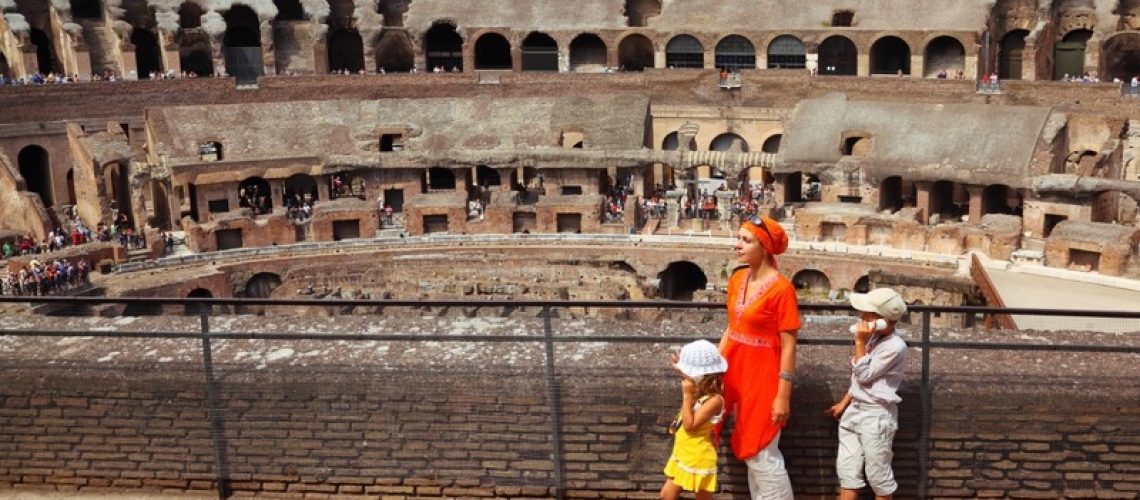Colosseum Rome tickets are definitely not just a modern day issue…
When Colosseum Rome Tickets were free…
Panem et circenses, that is bread and circuses. This wording comes from a Satira (Satire) by Juvenal (Decimus Iunius Iuvenalis, a poet who lived between the I and II Century AD) to highlight the political use of the gladiatorial games in ancient Rome.
These shows were usually free to the public. The emperors believed it was a good way to keep the people of Ancient Rome happy and content with the way the city was being governed. The government provided free bread and free entertainment – a combination they believed would keep happy the many unemployed people in Rome.
Bread, circuses, heroes, thrills
The imagery of the fights in the Colosseum, the deeds and ordeals of the gladiators are so powerful that, for example, mesmerized the movies industry since the very beginning.
The very first movie rendition of Ben Hur dates to 1907, another one is from 1925. The most famous is the 1959 version, Directed by William Wyler, starring Charlton Heston: the nine-minute chariot race has become one of cinema’s most famous sequences. Because the “circuses” it wasn’t only a matter of fights between gladiators or between gladiators and animals. It was also a matter of chariot races (and even naval battles!) and other venues, such as the Circus Maximus.
Definitely set in the Colosseum, The Gladiator: screened in 2000 starring Russel Crowe and set in 180 AD.
The fight of Maximus, the Spanish – Roman General Maximus Decimus Meridius betrayed by Commodus, Emperor Marcus Aurelius son, is again one epic, more than famous sequence, even if it is not historically accurate: a gladiator uses a crossbow, which is a weapon from the Middle Age, not from the Roman Empire period…
Colosseum today
The Colosseum tickets are not for free anymore, but the Amphitheatrum Flavium (that was the “official” name of the Colosseum) is absolutely a must see!

